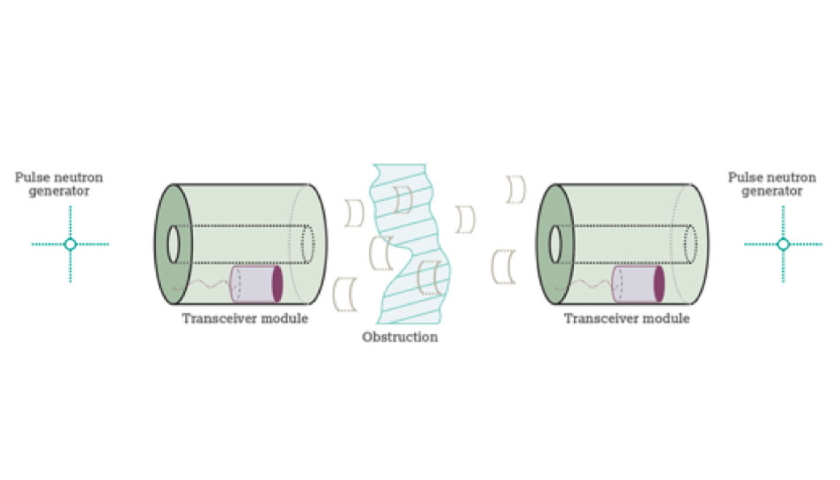Today, it’s just a science project, but this could done day reach place that electromagnetic signals cannot.
Scientists at the University of Lancaster have successfully used neutrons for wireless communications, potentially offering an alternative to the electromagnetic waves used in existing wireless communications including Bluetooth and Wi-Fi.
The scientists used radiation from a nuclear source and a collimator, to create a pulsed source on which data could be endoced, in a demonstration that also involved Slovenia’s Jožef Stefan Institute. If the technique was to be used in communications, it would require an integrated pulsed source – which has been previously shown by a group from Sandia National Labs in the US.
A nuclear option for connectivity
In the paper, the authors note that “fast neutrons propagate significantly in free space with interaction properties that contrast markedly with those of electromagnetic radiation,”, adding that their demonstration, of a “nuclear instrumentation set-up designed to transmit digitally encoded information using fast neutrons” shows their potential as a medium for wireless communications “for applications where conventional electromagnetic transmission is either not feasible or is inherently limited.”
It’s not surprising that neutrons have been overlooked as a communications medium, the authors say, given they are highly regulated for safety, they often produce secondary gamma radiation, and the beams’ coherence can break down rapidly due to scattering.
Despite this, the group succeeded in sending and receiving ASCII-encoded signals, including letters and random numbers, using modulations of their pulsed source.
The results aren’t going to be built into mobile devices any time soon, as this experiment seems to have been somewhat slow and cumbersome: the californium-252 radioactive source had to be kept in a cubic meter steel tank full of water, and the system appears to have taken 84 seconds to transmit a four-bit word, giving a speed of some 0.05bps.
However, the authors noted there have been recent developments in producing and handling neutrons which might make for a more practical source. In 2012, a team at Sandia reported producing a so-called “neutristor” – a transistorized pulsed neutron source packaged in a flat computer chip shape 1.54 cm x 3.175 cm, and 0.3 cm thick. The neutristor produces its pulses in a solid-state system, which creates its neutrons by colliding heavy hydrogen isotopes – firing deuterium ions at a tritium-loaded target, using an accelerating voltage of 15kV to 20kV The pulses produced last around 0.5 microseconds and contain about ten neutrons, and can be shaped with a lens to make a flat ion beam.
The Lancaster / Jožef Stefan team suggest that neutron communications might be useful in environments where electromagnetic radiation cannot be used and cables can’t be run – for instance, working through nuclear reactor shielding or bulkheads on board ships and submarines: “In some safety-critical scenarios, such as concerning the integrity of reactor containments, and metal vaults and bulkheads in maritime structures, it can be important to minimize the number of penetrations made through such metal structures for communications cabling.”
Comments on The Register’s report of the story approved of the ingenuity, but cast doubts on its practicality, with one reader saying: “I applaud the ingenuity but I do not see any practical use for it, and yea I know that is exactly what was said many years ago about fricking lasers (And now even MisterDoctor Evil can put them on sharks).”
Source: datacenterdynamics.com





